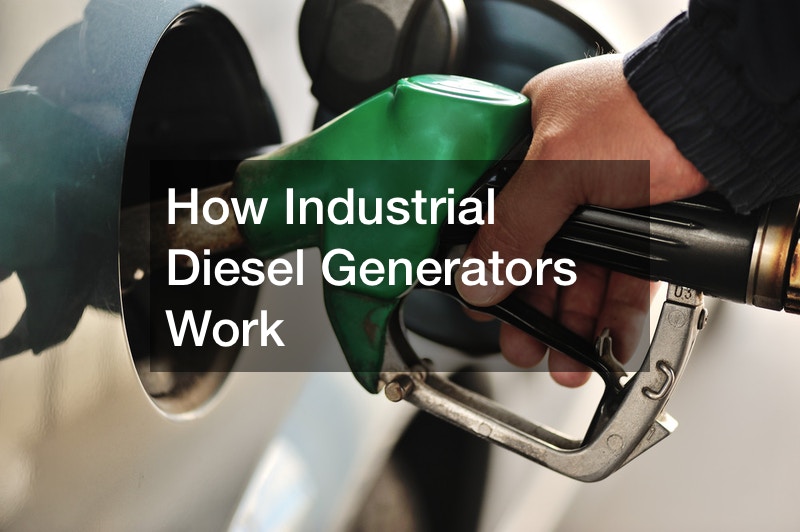
People use industrial diesel generators to provide a constant electricity supply, even if the power grid goes down. They are highly efficient and do not emit CO2 or other pollutants. The video “how a diesel generator works -animation” offers insights into how industrial generators work.
Industrial diesel generators are a type of backup power generator. You can find these generators in facilities like hospitals, emergency services, or any place with a perceived risk of power outages. It is highly advisable to use the generators in areas where power outages could be devastating to operations.
Diesel generators primarily function by converting the motion of a heavy reciprocating engine into electricity. The engine turns a shaft connected to a belt that rolls through gears. As the wheels of the wheel turn, they drive down a long shaft attached to transmission belts. The transmission belts comprise pulleys, one for each phase, connected to an electrical generator.
The pulleys convert mechanical energy into electrical energy using an AC or DC alternator. The efficiency of a diesel generator varies greatly depending on its design. Typically, the more complex and efficient the engine is, the better it will run. Diesel engines offer a greater degree of efficiency than gas engines. The style of engine you use in the generator is crucial because it affects its overall performance.
.


